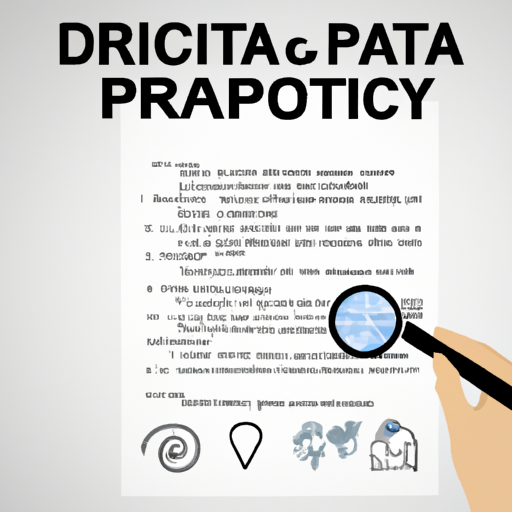In recent years, the landscape of data privacy has dramatically shifted due to the introduction of stringent regulations designed to protect consumer rights and data security. Laws such as the General Data Protection Regulation (GDPR) and the California Consumer Privacy Act (CCPA) have set the stage for a new era of data protection regulations. In this blog post, we will explore the significant effects these regulations have on both businesses and consumers.
Understanding Data Privacy Regulations
Data privacy regulations are legal frameworks that govern how personal data is collected, processed, stored, and shared. These regulations aim to ensure transparency, accountability, and control for individuals over their personal data. Compliance with these laws is not just a legal obligation; it is also crucial for maintaining consumer trust and loyalty.
1. Impact on Businesses
For businesses, data privacy regulations present both challenges and opportunities:
- Compliance Costs: Ensuring compliance can be expensive. Businesses must invest in technology, training, and legal expertise to meet the requirements of laws like GDPR and CCPA.
- Operational Changes: Companies must revise their data handling processes to align with privacy regulations, which may include implementing data mapping, audit trails, and impact assessments.
- Enhanced Consumer Trust: By demonstrating a commitment to data protection, businesses can enhance their reputation and build trust with consumers, leading to increased customer loyalty and retention.
- Risk of Penalties: Non-compliance can result in heavy fines and legal repercussions, which can be financially devastating for businesses.
2. Impact on Consumers
For consumers, data privacy regulations offer newfound rights and protections:
- Increased Control: Consumers now have greater control over their personal data, including the right to access, modify, and delete information held by businesses.
- Transparency: Regulations require businesses to be transparent about their data collection practices, helping consumers make informed decisions about sharing their data.
- Right to Opt-Out: Consumers have the right to opt-out of data selling and tracking, giving them the power to protect their privacy.
- Data Breach Notifications: In the event of a data breach, regulations mandate timely notifications to affected individuals, allowing consumers to take appropriate action to safeguard their data.
The Future of Data Privacy Regulations
As technology continues to evolve, so too will data privacy regulations. Businesses must stay informed about changes and trends in data protection legislation. Emerging technologies like artificial intelligence and blockchain may challenge existing frameworks, prompting regulators to adapt and introduce new laws to address these changes.
Conclusion
Data privacy regulations have a profound impact on both businesses and consumers. While compliance can be challenging, the benefits of protecting consumer data and fostering trust outweigh the costs. As we navigate this evolving landscape, it is vital for businesses to prioritize data privacy as a fundamental aspect of their operations, ensuring they respect and protect consumer rights.
In conclusion, understanding the implications of data privacy regulations is crucial for any business operating in today’s data-driven world. Consumers increasingly demand transparency and accountability regarding their personal information, making data protection a key element of sustainable business practices.








